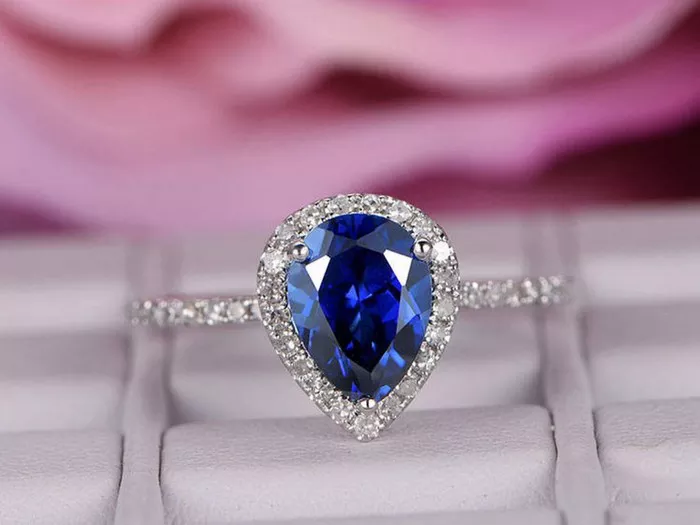Once the exclusive domain of auctions and royalty, vividly colored diamond rings are becoming shockingly accessible thanks to advanced treatment technologies—and sparking fierce debate in the jewelry world. Traditional natural fancy colored diamonds like pinks, blues and greens remain astronomically priced (a 1-carat vivid pink might cost $1 million), but new irradiation and high-pressure high-temperature (HPHT) treatments can now transform ordinary white diamonds into stable, permanent colors at a fraction of the cost. The result? A 1-carat treated blue diamond ring that visually rivals a natural might sell for just $3,000.
The science behind these treatments has existed for decades but reached new sophistication in 2023-2024. Modern labs can now create colors indistinguishable from natural ones to the naked eye, with stability testing showing they withstand normal wear for generations. Leading gem labs like GIA and IGI have established rigorous certification standards for treated colored diamonds, giving consumers confidence in their purchases.
This accessibility is driving a colored diamond boom, particularly among younger buyers craving uniqueness. Kay Jewelers reports that colored diamond engagement rings now represent 28% of their sales, up from just 6% in 2020. The most popular? Treated yellow diamonds offering the look of rare “canary” diamonds at 90% savings, and treated blues that mimic the legendary Hope Diamond’s hue. Social media has amplified the trend, with TikTok’s #ColoredBride hashtag amassing 1.2 billion views showcasing non-traditional engagement rings.
However, the rise of treated colors has ignited controversy. Natural colored diamond miners argue the treatments devalue true rarities, while some traditional jewelers refuse to work with enhanced stones. There are also concerns about disclosure—while reputable sellers clearly identify treatments, less scrupulous operators sometimes obscure origins.
In response, an intriguing middle ground is emerging: “treated heirlooms.” Forward-thinking jewelers like New York’s Loveness Lee now specialize in creating one-of-a-kind colored diamond rings with full treatment disclosure, marketed not as natural diamond substitutes but as affordable art pieces. Their most popular line uses multiple treated diamonds in gradient color arrangements impossible to find in nature—a transparent celebration of human ingenuity rather than an imitation of geological rarity.
As the market evolves, colored diamonds may complete a full rebranding—from symbols of elite wealth to accessible forms of personal expression. Just as synthetic dyes once democratized colorful clothing, advanced diamond treatments are making the rainbow spectrum available to any ring buyer willing to embrace 21st-century gemology.


